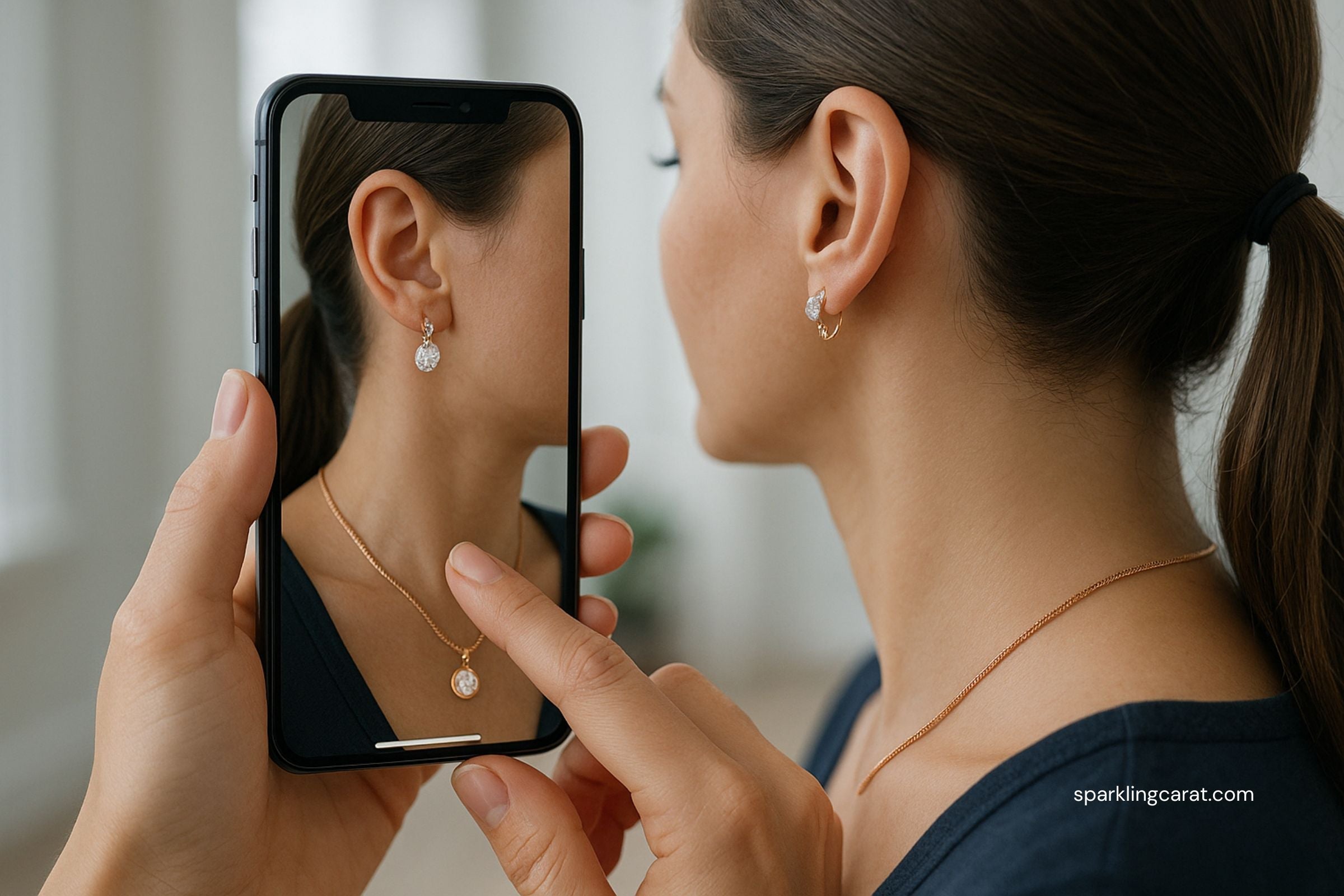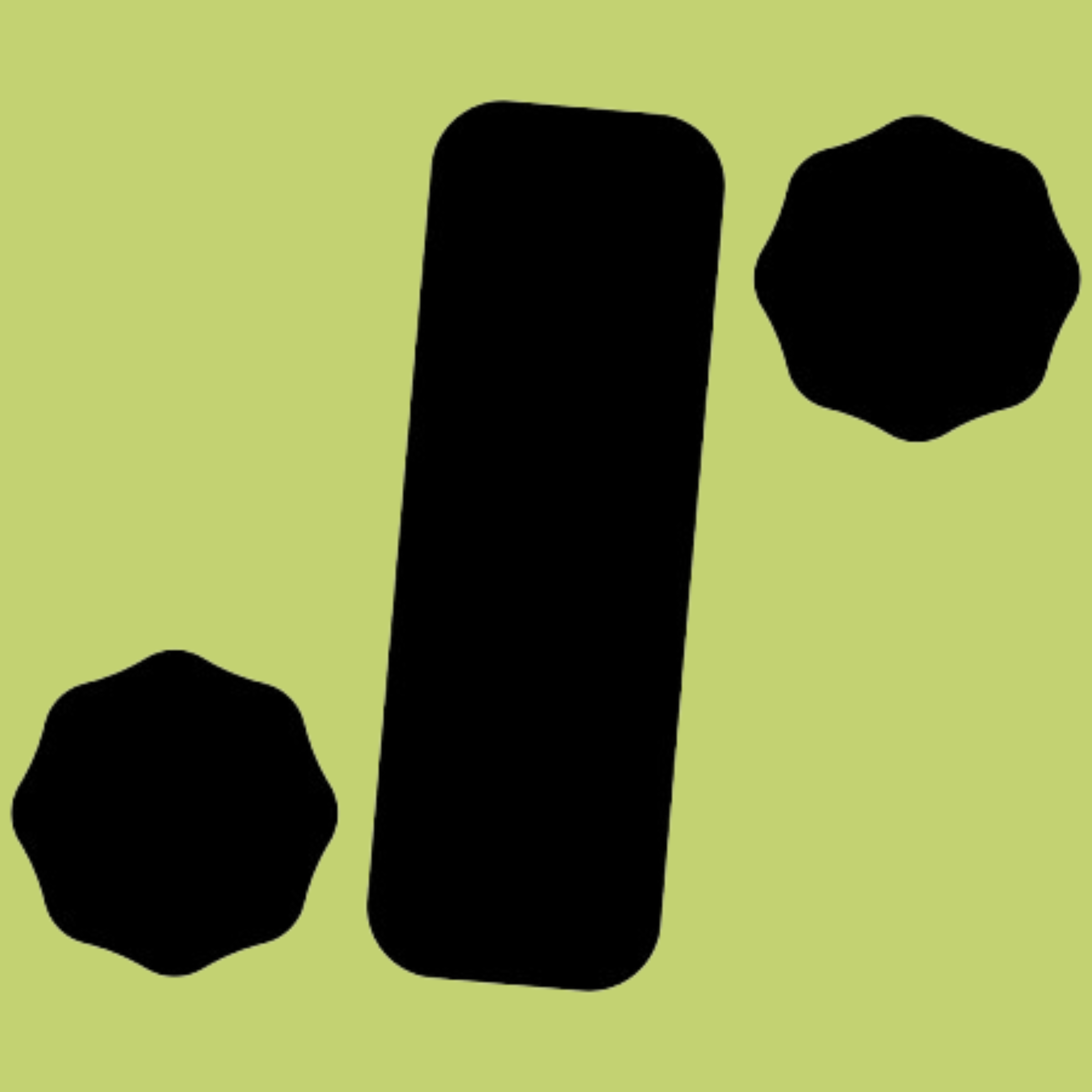From Concept to Content: Jewelry CAD Renders and Designer Insights
Jewelry has always been a world of imagination, craftsmanship, and storytelling. But today, technology is transforming how designers bring their visions to life, and how brands communicate those visions to customers. Computer-Aided Design (CAD) rendering has emerged as an essential bridge between concept and finished product, enabling designers to prototype, experiment, and market their creations long before production begins.
In this article, we explore how CAD rendering works in the jewelry industry, its benefits for both designers and customers, and how brands can leverage these high-quality visuals for marketing. Along the way, we’ll link to related posts like Innovative Materials in Jewelry: Bio-Resins, 3D-Printing & Recycled Alloys and High-Fidelity Virtual Try-On: The Future of Jewelry Shopping to show how technology is reshaping jewelry from every angle.
What Is Jewelry CAD Rendering?
CAD rendering refers to using specialized software to create three-dimensional digital models of jewelry. These renders accurately depict a design’s proportions, textures, and materials before any physical prototype is made. Tools like Rhino, MatrixGold, and Blender let designers:
-
Visualize pieces from every angle.
-
Experiment with gemstone cuts, metal types, and settings.
-
Generate photorealistic images and animations for clients or marketing campaigns.
Compared to traditional hand sketches, CAD renders offer precision and scalability. They’re also the backbone of modern manufacturing methods like CNC milling and 3D-printing, a topic we explored in Innovative Materials in Jewelry: Bio-Resins, 3D-Printing & Recycled Alloys.
The Designer’s Perspective
For designers, CAD rendering offers:
-
Creative Freedom: Experiment with unusual shapes, mixed metals, or unconventional stones (as seen in Mixed Metal Magic: How 2025 Is Breaking Jewelry Rules).
-
Rapid Iteration: Update designs quickly in response to client feedback.
-
Realistic Previews: Show exactly how light interacts with diamonds, emeralds, or enamel surfaces before production.
-
Cost Efficiency: Reduce material waste by prototyping virtually first.
Designers can also build a digital library of components (settings, prongs, shanks) to streamline future projects. For bespoke commissions, like heirloom-inspired rings for Gen Z—CAD renders are indispensable in ensuring clients get exactly what they imagine.
From Render to Reality: Production Workflow
-
Concept Sketch: Initial ideas are sketched by hand or digitally.
-
3D Modeling: Designers build the model in CAD software, specifying dimensions and materials.
-
Rendering: Photorealistic images and 360° videos are produced, showing multiple metal and gemstone options.
-
Client Approval: Customers review and approve renders, sometimes using High-Fidelity Virtual Try-On: The Future of Jewelry Shopping to “wear” them virtually.
-
3D Printing or Wax Milling: The CAD model is turned into a physical prototype or cast.
-
Finishing: Jewelers assemble, polish, and set stones.
-
Marketing Content: The original CAD renders are repurposed for product listings, social media, and promotional materials.
This pipeline is revolutionizing how fast new collections hit the market and how effectively brands communicate their value to consumers.
Marketing With CAD Renders
High-quality CAD visuals aren’t just design tools, they’re marketing gold:
-
E-Commerce Listings: Use renders to showcase every angle or metal option without photographing multiple prototypes.
-
Social Media Campaigns: Post animations or interactive 3D models to engage customers.
-
Pre-Sale Campaigns: Launch a design via render before production to gauge demand.
-
Transparency & Storytelling: Pair renders with behind-the-scenes footage to educate customers about craftsmanship.
Brands can also integrate these renders into AR experiences (see High-Fidelity Virtual Try-On) to create immersive shopping journeys. Combining renders with Sustainable Jewelry Spotlight: Recycled Metals & Fair-Trade Sourcing content reinforces ethical positioning.
Customer Benefits
CAD renders empower customers by:
-
Showing exactly what they’re ordering, reducing surprises.
-
Allowing them to customize designs (stones, metals, engravings).
-
Enabling collaboration with designers remotely, making bespoke commissions more accessible globally.
This transparency and personalization align with larger trends like Lab-Grown Diamonds Go Mainstream: Ethics Meets Elegance, where customization is key.
Future Trends in CAD & Jewelry Design
Looking ahead, expect to see:
-
AI-Assisted Design: Suggesting shapes, settings, and stones based on mood boards.
-
Real-Time Rendering: Hyper-realistic previews on mobile devices.
-
Parametric Customization: Customers input their measurements and preferences to instantly generate a unique design.
-
Sustainable Prototyping: Using recycled alloys and bio-resins for test prints.
As CAD technology evolves, designers and brands will continue to blend artistry with digital innovation.
Conclusion
From concept to content, CAD rendering is transforming the jewelry landscape. It’s no longer just a behind-the-scenes tool but a customer-facing asset that enhances transparency, creativity, and marketing impact. Whether you’re a designer looking to streamline your workflow or a consumer commissioning a bespoke piece, understanding CAD renders helps you appreciate the craftsmanship, and the cutting-edge tech, behind today’s jewelry.






Leave a comment
This site is protected by hCaptcha and the hCaptcha Privacy Policy and Terms of Service apply.